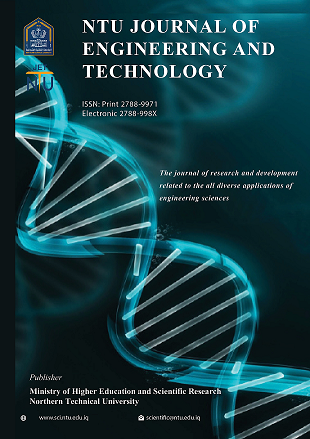Prediction of the discharge coefficient of steeply crested inclined weirs using different neural network techniques
DOI:
https://doi.org/10.56286/ntujet.v2i4.778Keywords:
Oblique sharp-crested weir, Cascade Neural Network, Discharge coefficientAbstract
The main objective of this work is to accurately predict in irrigation and hydraulic systems the discharge coefficient of the used sharp-crested inclined dams. Training algorithms on radial basis function RBF and multilayer perceptron MLP, and input variables such as weir height, length, inclination, and flow rates. From a tilted weir, researchers have used these training techniques as a model for various neural networks. In addition, the performance of CFNN is better than other neural networks such as RBF and MLP. The discharge coefficient Cd was the output variable. 95 test results were analysed. CFNN achieved a significant reduction in mean square errors (MSE), with values of 9.4363×10-12 and 1.6336×10-05, respectively, in the training and testing phases.
Additional Files
Published
Issue
Section
License
Copyright (c) 2023 NTU Journal of Engineering and Technology

This work is licensed under a Creative Commons Attribution 4.0 International License.











